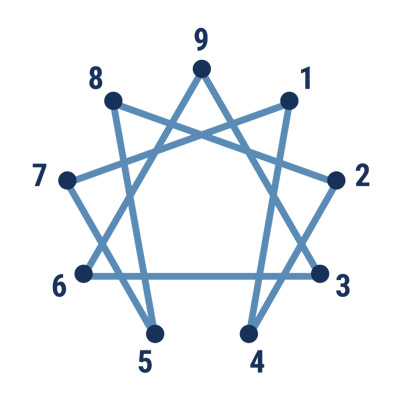“Gratitude is not only the greatest of virtues, but the parent of all others.”
—Cicero
Ah, “sweater weather.” Those chilly autumn days have arrived! Naturally, along with the ebb and flow of seasonal weather changes we are also entering that time of year when conversations may meander to topics such as turkey, pumpkin pie, where will we celebrate and who will gather around the table with us to share the holiday feast.
What will it be for you – A traditional, time-honored large family celebration (Think the classic Norman Rockwell picture)? More of a blended, “Modern Family (Circus)?” Perhaps it will look like a do-over episode of FRIENDS, “Friendsgiving?” Will you spend time volunteering in your community? Or, maybe, the holiday celebration is a blend of a series unconventional and mostly spontaneous activities? Regardless of the scene, setting, or your role (will you host or play a part as a guest?) this time of year usual grabs us gently by the arm and invites us to find ways to express gratitude.
Now, let’s quickly pivot! Did you know according to research conducted by Appreciation at Work * organizations that encourage and show appreciation to their employees have a real competitive advantage? That’s right: Showing authentic appreciation impacts employee satisfaction rates (happiness) and increases productivity (business performance).
The researchers for The Motivating by Appreciation Project determined the key to enjoying work is dependent on whether you feel valued and appreciated by those around you. Wow, it sounds kind of simple.
Leaders know and understand the universal importance of culture. Culture is a driver of organizational value and it takes a lot of hard work to get culture right. Where does “getting it right” show up? In your bottom line.
Retaining top talent is one of the biggest challenge for today’s leaders but doing “what it takes” can result in avoiding turnovers. Investing in growing a culture of appreciation is actually a solid business decision.
Investing in a values-focused, culture of appreciation is a good investment in your business. Why? Because doing so helps to meet the needs of the people who make the day-to-day difference (that’s everyone on your team!) on behalf of your organization.
So, what do you need to do to balance what the business needs while also showing appreciation and encouraging members of your team?
Here are a few ideas:
1. Become fluent in the many different languages of appreciation.
Explore the various Languages of Appreciation. Why? Just as not everyone wears a sign that says, “I need to feel valued” or “Approaching burnout: encouragement needed.”
There is no one-size-fits-all way to show encouragement or appreciation. Know that people express and receive appreciation in different ways.
2. Genuine encouragement supports your values.
Take time to pause, reflect and savor this: Expressing genuine encouragement increases loyalty in your organization and helps create a more positive work environment.
3. Showing appreciation to everyone
In a dynamic work environment reducing cynicism and showing genuine appreciation will help create a healthier culture.
Remember this: Making the workplace environment more encouraging and productive means leaders should be prepared to raise the bar to include showing appreciation for difficult colleagues.
Leaders know showing appreciation to everyone matters because genuine appreciation matters to everyone.
Here’s what we know – as businesses grow its not unusual that an infrastructure that used to work well no longer works for you, the team or the organization. Maybe that’s the price of success. At any rate, we see it time and time again: as businesses grow and mature, their employees and operational methods don’t always keep pace. Often, the way you have being doing business requires shifts, adjustments and improvements to reflect where you want to go next.
Are you ready to pursue what’s next? Let’s connect to discuss how we can work together to achieve your vision.
*Source: The 5 Languages of Appreciation in the Workplace (2012) by Dr. Chapman and Dr. White




